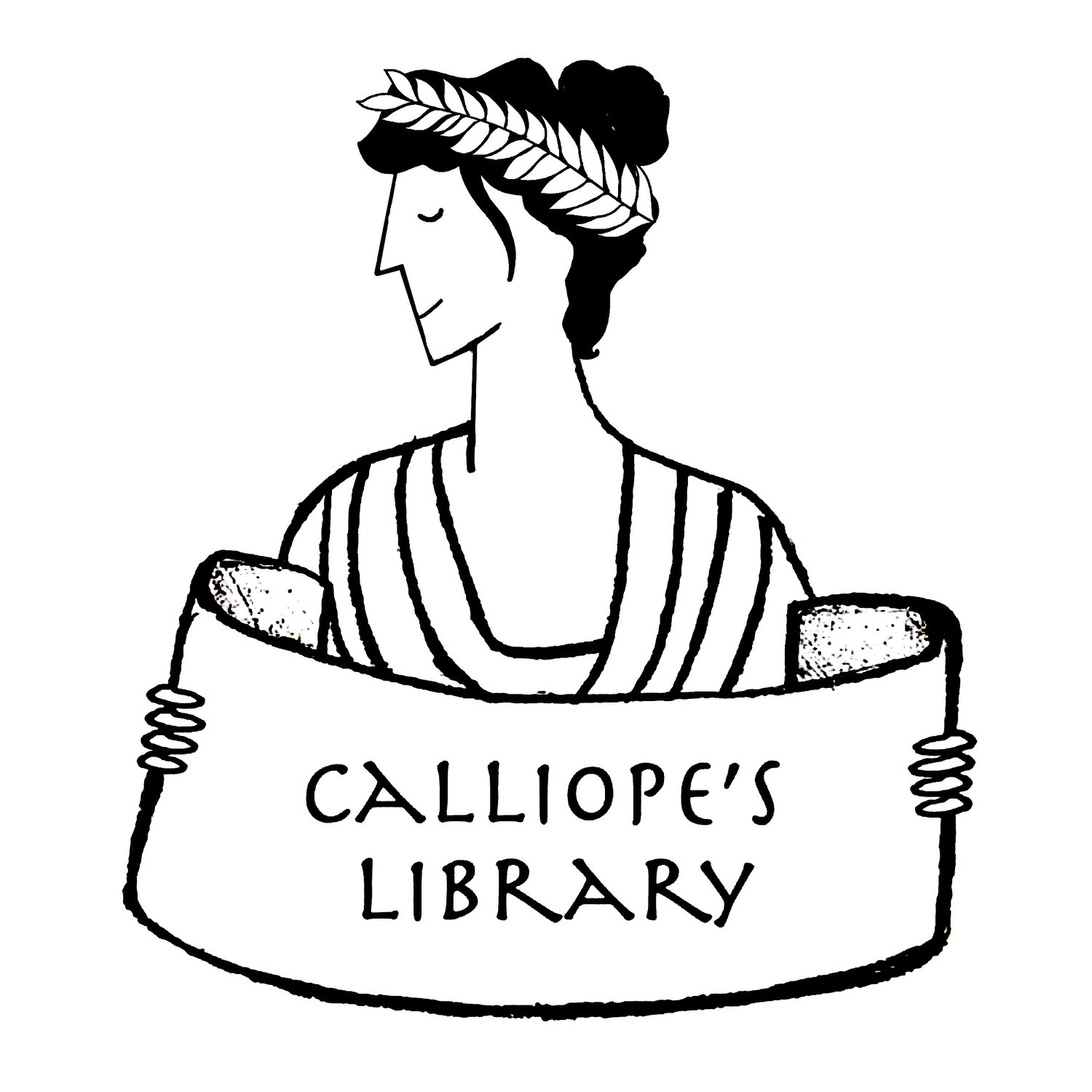Title: All the Truth That’s in Me
Author: Julie Berry
Date: 2015
Tags: Young adult, Novel, Mythology, Io, Medieval to modern worlds, Female lead, Ability diverse, Read aloud, English
When Judith was fourteen years old, she went missing. Two years later, she returns to town with part of her tongue cut out. What happened? How will Judith rejoin her community amidst the suspicion swirling around her absence and return? Julie Berry’s All the Truth That’s in Me presents Judith’s story through first-person memories and reflections that flow back and forth from Judith’s past traumatic experiences to her ongoing challenges of reassimilation. The novel’s setting is reminiscent of Puritan New England and may seem distant from classics, but classical mythology enters the story when a teacher snidely compares Judith to Io from Ovid’s Metamorphoses. As Judith works to distinguish herself from the mythological maiden-turned-cow, readers are invited to compare and contrast other elements of Io’s story with Judith’s own. Are the busybodies of the town stand-ins for many-eyed Argus? How is Judith’s mother like and unlike Juno? Who is the Jupiter figure, and what is his motivation? I especially appreciate that Judith’s process of coming to understand herself with and against the myth of Io demonstrates how engaging with classics involves shifting identifications and differentiations. I also find All the Truth That’s in Me notable for its lyrical intensity and its exploration of relationships—with family, friends, romantic partners, community members, and oneself. Potential readers should know upfront that this YA novel deals with mature themes and issues of gender-based violence. – Rebecca Resinski


